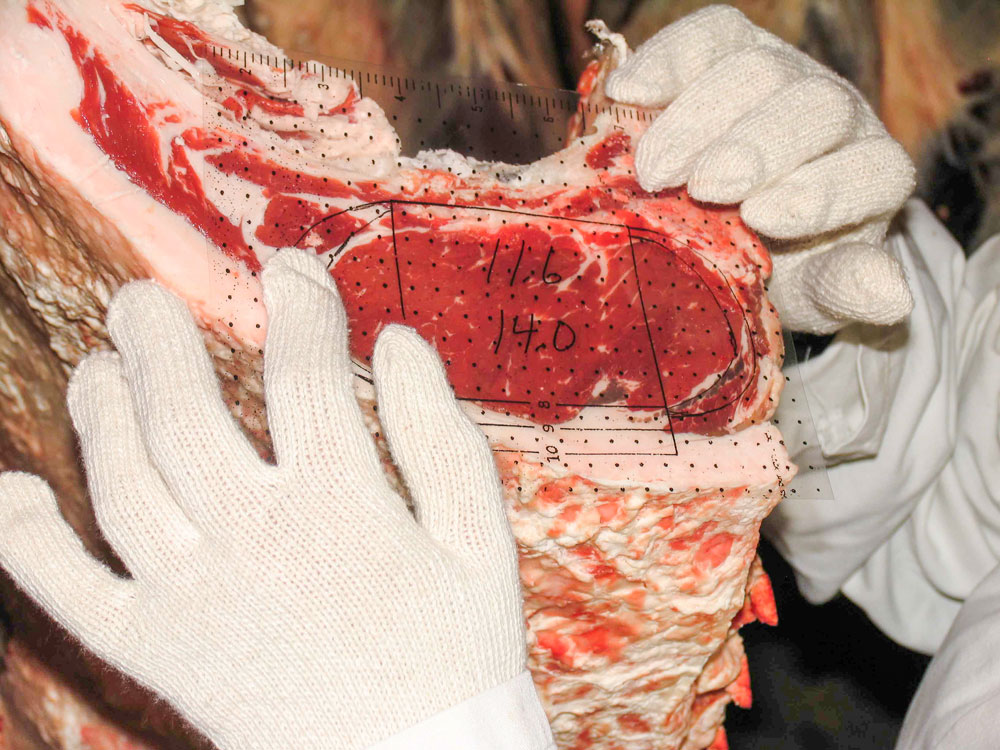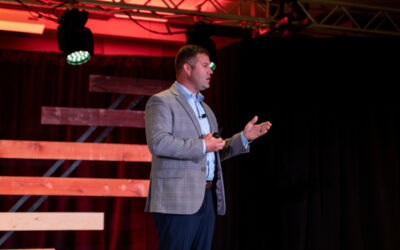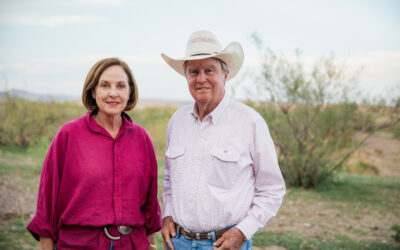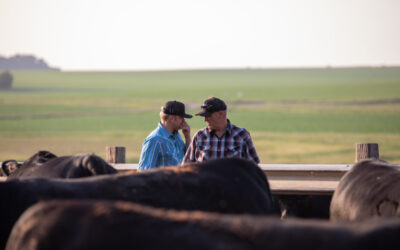
Beef grading from yesterday to tomorrow
Precision drives predictability
by Natalie Jones
October 23, 2019
When you enjoy a great steak, it’s largely because of those little flecks of intramuscular fat (IMF).
“Marbling is like butter in the pan of potatoes,” said Dale Woerner, Texas Tech meat scientist addressing the recent Feeding Quality Forum in Amarillo. “The more marbling in the beef, the more flavor and performance we get.”
He reviewed the history of USDA beef grades, Prime, Choice, Select and Standard, wherein a combination of marbling and maturity determine quality grade. The measure of maturity has evolved from a study of chine bone ossification to dentition in 2017, with somewhat greater accuracy in the prediction of eating quality.
The U.S produced a fair amount of Choice and Prime 50 years ago but in the 1990s, dietary consensus may have moved demand toward leaner beef.
“Fortunately for all of us, the times have changed,” Woerner said. We have research that supports fat as part of a healthy diet and consumers demanding high-quality beef. So what we have seen in the last 20 to 25 years is a rebound of grade because of increased emphasis on genetics, Angus genetics perhaps.”
That started in 1978 when the Certified Angus Beef ® (CAB®) brand “came in and changed the game” in the establishment of premium Choice.
“Today, the most progressive producers aren’t talking about percent Choice. They are focused on CAB and talk about the percent of cattle in premium Choice and Prime,” he said.

Yield grades often miss the mark on individuals but work overall and serve as an estimate of red-meat yield in carcasses, 1 being leanest and 5, the fattest, lowest yielding cattle. While many cattle no longer receive a USDA yield grade, the same formula still determines premiums or discounts for cutability.
Since approval in 2006, camera grading systems have added consistency in most major packing plants, Woerner said.
Camera systems have evolved to calculate yield and quality grades, ribeye area and marbling scores from millions of pixels in a digital image, segregated into red or white (lean or fat), amounts measured by pixel size.
“It’s really not much different than predicting the weather,” Woerner said. “We utilize algorithms, or what the modern folk are calling ‘artificial intelligence’ to turn a machine into a human grader. But machines don’t wake up in a bad mood or with a hangover or a personal issue with the one working next to them.”
In 800 nanoseconds—one of those is a billionth of a second—these systems calculate everything they are asked to do, ready for the next on the line. That’s happening now. What’s next?
“X-ray vision and x-ray technology is definitely coming our way,” Woerner said.

Danish and Australian systems have used it for a deep look into the carcasses, even to the point of interacting with robotic cutting lines. What may seem even more advanced is also being tested in research settings: Rapid Evaporative Ionization Mass Spectrometry (REIMS).
The technology uses metabolomics (the large-scale study of small molecules) to tell how much of a protein is intact or degraded to any degree, then comparing differences to predict tenderness, he explained.
A device reminiscent of an arc welder cooks a tiny sample, takes in the molecular signature from smoke and measures each compound. Woerner said REIMS may even be able to differentiate beef by breed and origin, provide data on how it was raised and guarantee tenderness.
“We could, in fact, sell beef on a tough or tender basis by sorting those carcasses at the time of grading,” Woerner said.
Other emerging grading technologies will measure data that tells us more about beef than many ever thought to ask, he added.
But the industry is on a good course already.
“I just think that the quality of beef is improving because of the producers’ commitment to quality, genetics and feeding,” he said. “In the scientific world, we’re advancing by measuring improvements to differentiate quality or yield. Part of that is so that we can better market beef products in a way that’s more meaningful to a consumer. Ultimately it will drive beef demand to a higher level.”
Find Woerner’s presentation and more coverage from Feeding Quality Forum here.
you may also like
Consumer Demand, Power of Quality
Demand for high-quality beef persists. But with that demand comes challenges. From tight cattle supplies to higher costs and increasing pressure on retailers to deliver a consistent eating experience, the pressure is on. David O’Diam, CAB VP of retail, addressed the current retail beef environment, highlighting both opportunities and challenges in today’s marketplace.
An Unforgiving Land
What makes a ranch sustainable? To Jon, it’s simple: the same family, ranching on the same land, for the last 140 years. The Means family never could have done that without sustainability. Responsible usage of water, caring for the land and its wildlife, and destocking their herd while the land recovers from drought.
System Over Scale
For Dallas Knobloch, it’s not about being the biggest feedyard—it’s about building a high-quality system that works. Today, with Tory’s wife Sadie and daughter Ivy, the Knobloch family owns and operates 4K Cattle. They feed 2,500 cattle at eight locations within 10 miles of home, manage 1,000 acres of crops and run a 125-head cow herd, all near Hills, Minn.



